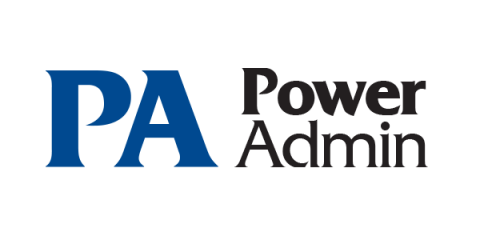Operations | Monitoring | ITSM | DevOps | Cloud
Monitoring
The latest News and Information on Monitoring for Websites, Applications, APIs, Infrastructure, and other technologies.
Five Multi-Platform Network Administration Tools
The terms “omni-channel” and “multi-platform” may be used to describe many of the network operations or customer interactions of today’s businesses, and the administration of these operations must be wide-ranging and comprehensive to enable organizations to keep pace.
SolarWinds to Showcase SDN Monitoring Support at Cisco Live! EMEA
Rethinking UX for AI-driven Alerting
I’ve been designing monitoring tools for almost 10 years now, and in that time a lot has changed. The infrastructure we build software on, for example, has been transformed multiple times—moving first from physical hosts to VMs in the cloud, then from VMs to containers, and now from containers to serverless and cloud service-based infrastructure.
10 Tips for a Smooth Transaction Check
A Transaction Check is designed to run through a specific set of instructions and test certain elements on your site. The check interacts with clickable objects or text fields, and can test important elements like: Shopping carts, Login forms, and Landing pages. Before you begin configuration of a check, it’s helpful to run through this list of potential items you need.
Leverage the Power of Opsgenie and Dynatrace Together, Learn More: Visit us at Dynatrace Perform 2019
Dynatrace Perform is an event in Las Vegas January 28-30, that gathers folks in the cloud and software spaces looking to network, be inspired, and release better software, faster. As a Silver sponsor, Atlassian will have a booth staffed by members of the Opsgenie team, ready to talk to you about how Opsgenie's Dynatrace integration can lead to a faster MTTA (mean time to acknowledge) and reduced MTTR (mean time to respond) for your enterprise or medium business.
Preparing for Browser Automation by Using Web Developer Tools to Identify HTML Elements
In a separate article, we introduced the concept of performing synthetic transactions with LogicMonitor. An obviously crucial step of that process is actually scripting the automation. You can have all the right automation tools installed but how do you get started with the actual script? This article will help illustrate some of the preparation needed for developing a browser automation script.
RUM vs. APM: How They're Similar and Different
RUM and APM are two important acronyms to know if you work in software development or DevOps today. Moreover, not only is it important to be able to define RUM and APM — It’s also critical to understand the similarities and differences between each type of software monitoring process.











